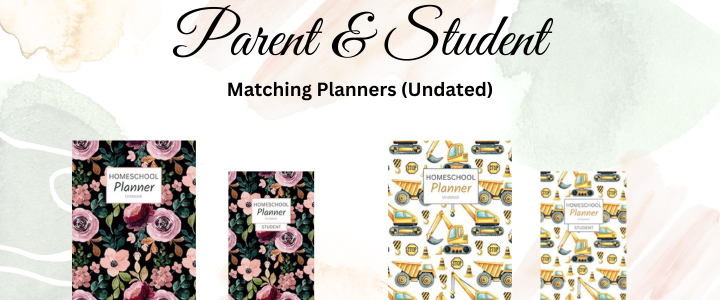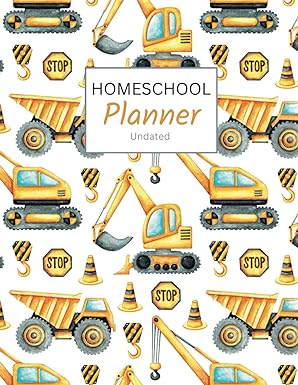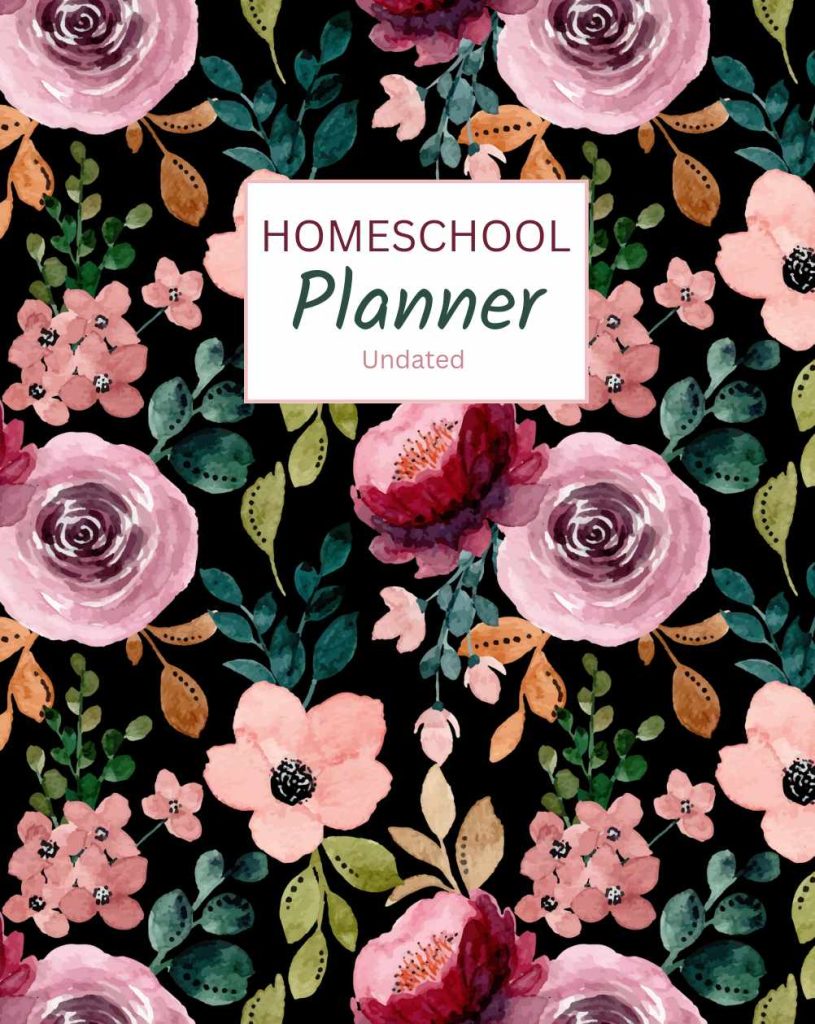
Embarking on the homeschooling journey opens up a world of educational possibilities, but deciding on the right method for your family can be a daunting task. In this comprehensive guide, we’ll explore various homeschooling methods, delving into the pros and cons of each to help you make an informed decision tailored to your child’s needs.
Traditional Method: The traditional method mirrors conventional classroom education, emphasizing structured lessons and standardized materials.
Pros:
– Provides a familiar structure resembling traditional classroom learning.
– Offers easy access to standardized resources and curricula.
Cons:
– Limited flexibility may not suit every child’s learning style.
– Offers less room for personalized, creative approaches.
Charlotte Mason Method: The Charlotte Mason Method focuses on literature, nature, and hands-on experiences to cultivate a well-rounded, holistic education.
Pros:
– Emphasizes literature, nature, and living books for a holistic education.
– Fosters a love for learning through engaging, real-world experiences.
Cons:
– Requires careful planning and dedication to implement effectively.
– Might not appeal to those seeking a more structured approach.

Montessori Method: The Montessori Method promotes hands-on learning and individualized progress, allowing children to explore at their own pace.
Pros:
– Encourages hands-on activities and self-directed learning.
– Focuses on individualized pace and progress.
Cons:
– Requires specific Montessori materials, which can be costly.
– May not suit those who prefer a more structured curriculum.
Unschooling: freedom for children to pursue their interests, relying on natural curiosity and real-world experiences rather than a structured curriculum.
Pros:
– Allows flexibility and adaptability based on the child’s interests.
– Emphasizes natural curiosity and real-world learning.
Cons:
– Lacks a predefined structure, which might be challenging for some.
– Can be difficult for parents to assess academic progress.
Classical Education: Classical Education is structured around distinct stages, focusing on grammar, logic, and rhetoric, with an emphasis on classical literature and critical thinking.
Pros:
– Follows well-defined stages of learning (grammar, logic, rhetoric).
– Emphasizes the study of classical literature and critical thinking.
Cons:
– Rigorous and may not suit all learning styles.
– Requires a commitment to a more structured approach.

Eclectic Homeschooling: Eclectic Homeschooling is a flexible approach that combines elements from various methods, allowing customization based on the family’s preferences.
Pros:
– Adopts a tailored approach based on the family’s preferences.
– Allows flexibility to adapt to the child’s changing needs.
Cons:
– Requires thorough research and planning.
– May lack the consistency of a single, defined method.
Unit Studies: Unit Studies involve integrating multiple subjects around a central theme, fostering a comprehensive understanding of interconnected topics.
Pros:
– Integrates multiple subjects around a central theme.
– Encourages a comprehensive understanding of interconnected topics.
Cons:
– Requires careful planning to ensure a balanced curriculum.
– Might not suit those who prefer a more traditional approach.
Waldorf Education: Waldorf Education emphasizes arts, creativity, and a holistic approach to development, with a focus on a deep connection with nature.
Pros:
– Emphasizes arts, creativity, and a holistic approach to development.
– Encourages a deep connection with nature and natural rhythms.
Cons:
– May not align with more academically focused learning styles.
– Requires dedication to Waldorf principles.
World Schooling: World Schooling incorporates learning through travel, providing a global perspective and fostering adaptability through exposure to diverse cultures.
Pros:
– Involves learning through travel and experiencing different cultures.
– Fosters a global perspective and adaptability.
Cons: – Requires the ability to travel extensively. – May pose challenges in maintaining a consistent academic routine.

Relaxed Schooling: Relaxed Schooling prioritizes a less structured, child-led approach, offering flexibility to adapt to the child’s pace and interests while requiring vigilant monitoring for academic goals.
Pros:
– Emphasizes a less structured and more child-led approach.
– Allows for flexibility in adapting to the child’s pace and interests.
Cons:
– Can be challenging to maintain academic rigor.
– Requires careful monitoring to ensure educational goals are met.
As you navigate the diverse landscape of homeschooling methods, it’s essential to recognize that there’s no one-size-fits-all solution. Each approach comes with its own set of advantages and drawbacks. Consider your child’s learning style, your teaching philosophy, and the unique dynamics of your family. Ultimately, finding the perfect method involves a thoughtful exploration of what works best for your homeschooling journey.
